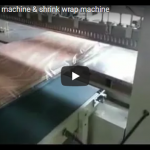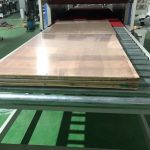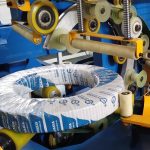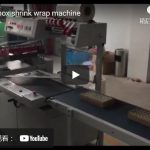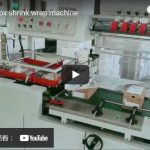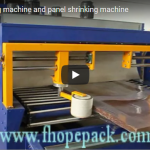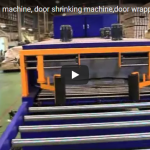The door pack machine for nice door shrink wrap package is a highly efficient and reliable solution for businesses that deal with doors and panels. The machine is designed to shrink wrap doors and panels, ensuring a smooth and efficient packaging process that saves time and labor costs.
The machine features a two side pressing device, which ensures that the package is sealed tightly and securely, providing excellent protection for the door or panel. The machine uses PE film to shrink wrap the door or panel, creating a tight and smooth surface that looks neat and professional.
The testing video before delivery shows the full step of the door packaging process, providing a comprehensive overview of the machine’s capabilities. The final door package appearance is neat and tidy, highlighting the machine’s ability to create a professional-looking package.
The door pack machine for nice door shrink wrap package is easy to operate, thanks to its user-friendly interface and automated controls. It is capable of shrink wrapping doors and panels quickly and efficiently, with minimal operator input required. The machine’s adjustable wrapping speed and tension control system ensures that the wrapping process is optimized for each specific product.
In terms of maintenance, the door pack machine for nice door shrink wrap package is designed for easy cleaning and servicing, with minimal downtime required. Its durable construction and high-quality components ensure a long lifespan, making it a cost-effective investment for businesses that require reliable and efficient door and panel packaging solutions.
Overall, the door pack machine for nice door shrink wrap package is an excellent choice for businesses that need to shrink wrap doors and panels quickly, efficiently, and reliably. Its ease of use, flexible capabilities, and low maintenance requirements make it an ideal solution for a wide range of door and panel packaging applications.
info@fhopepack.com
For more door packing solution: https://www.fhopepack.com/Door_packing_machine.html

